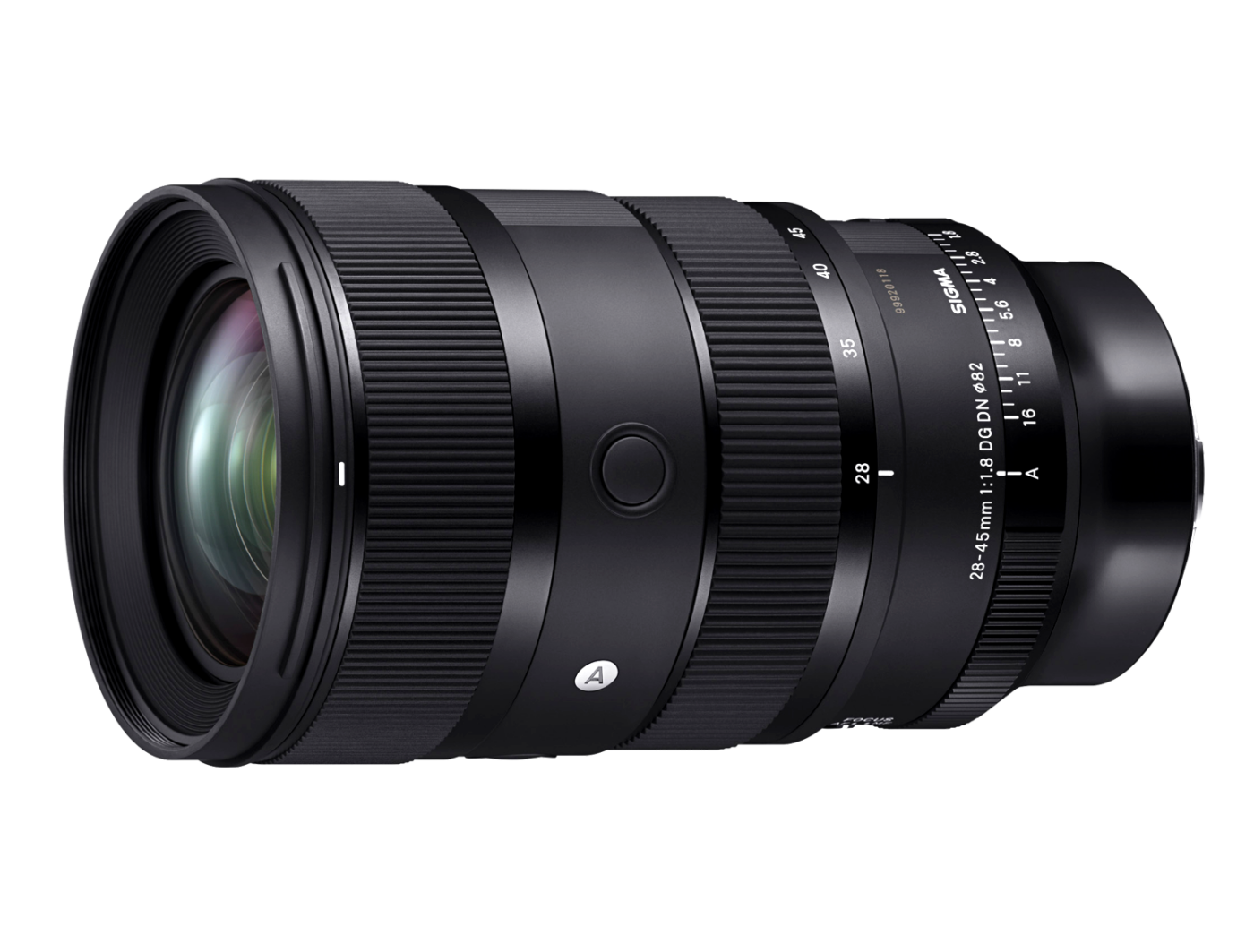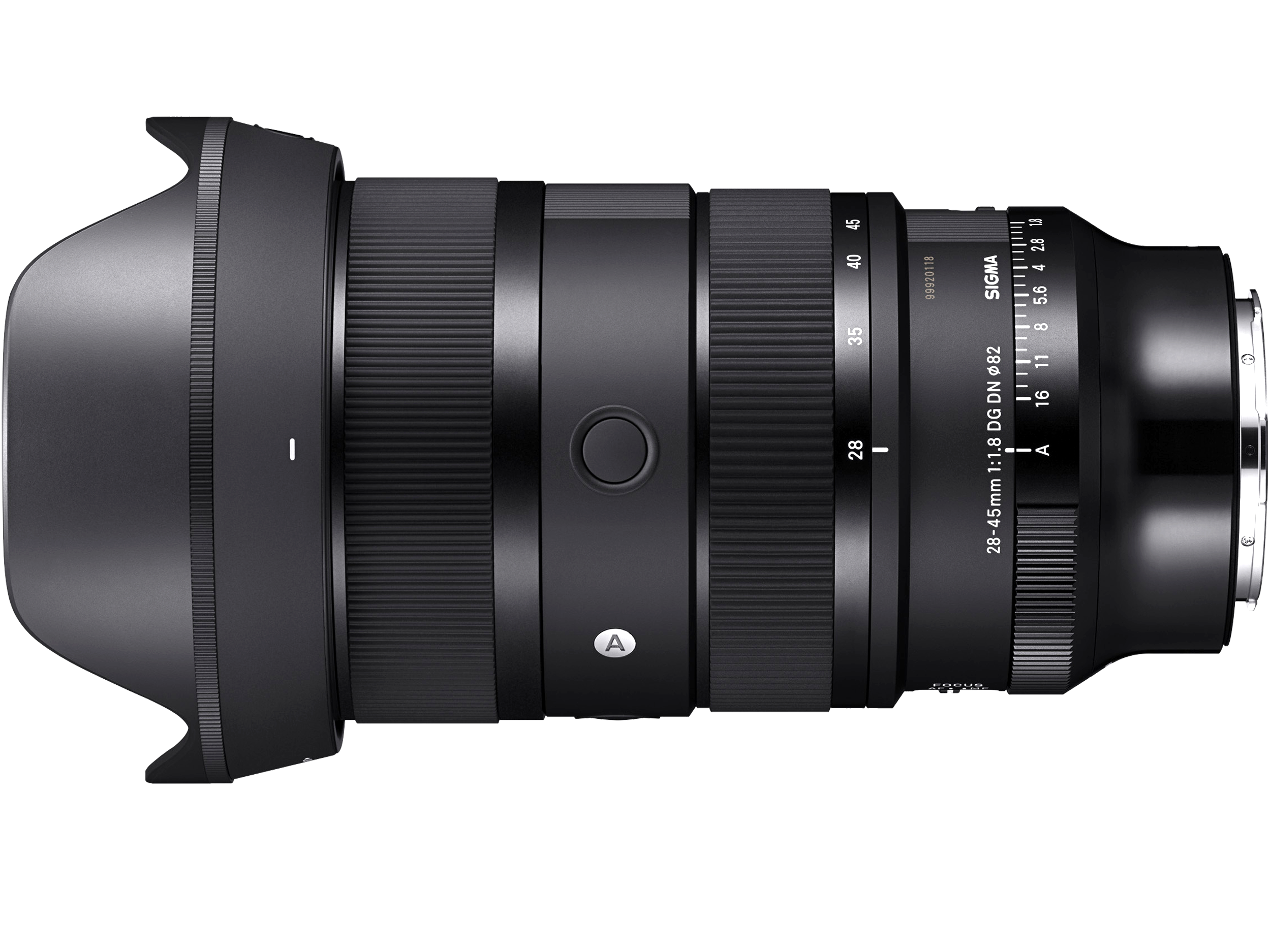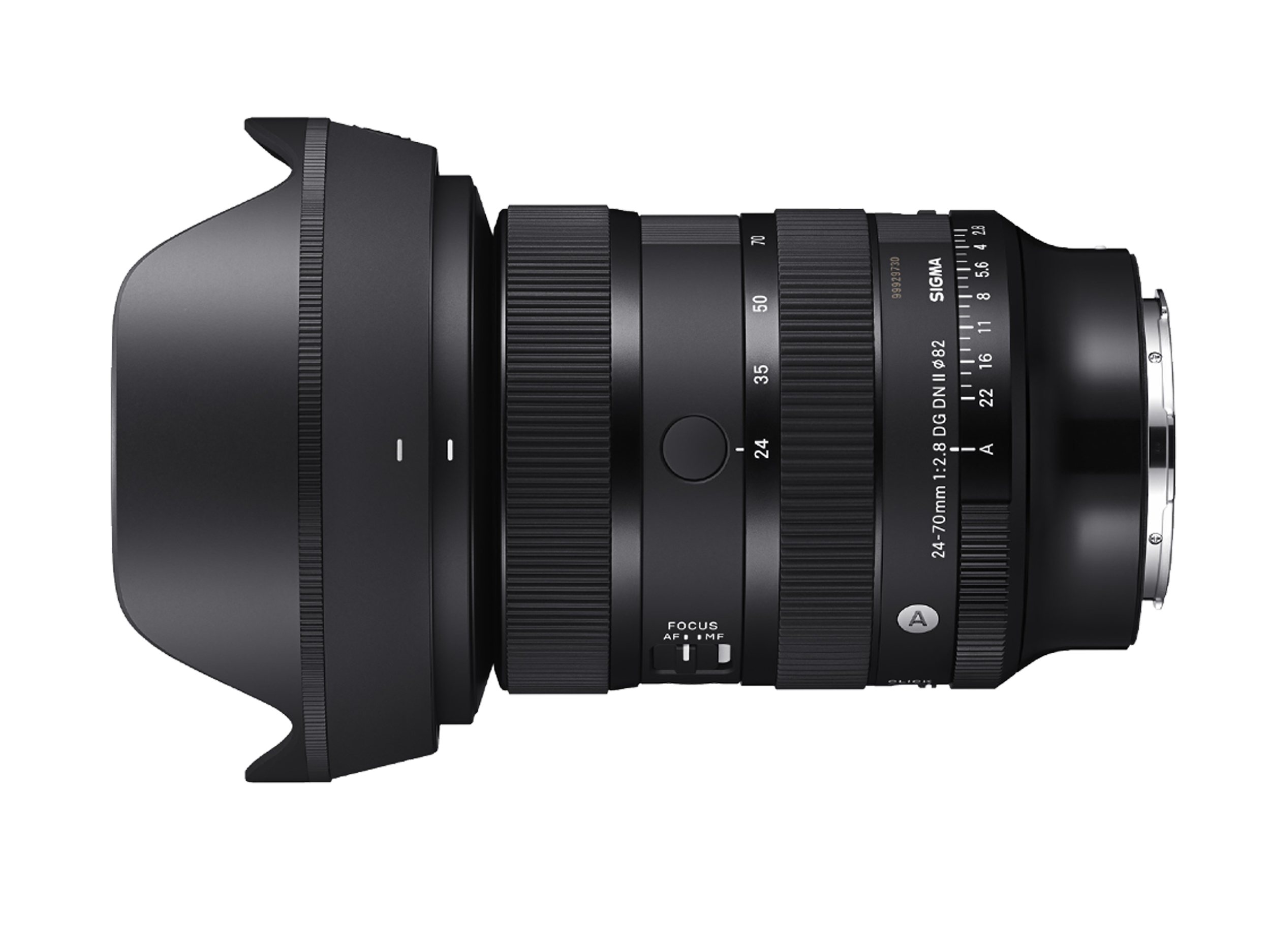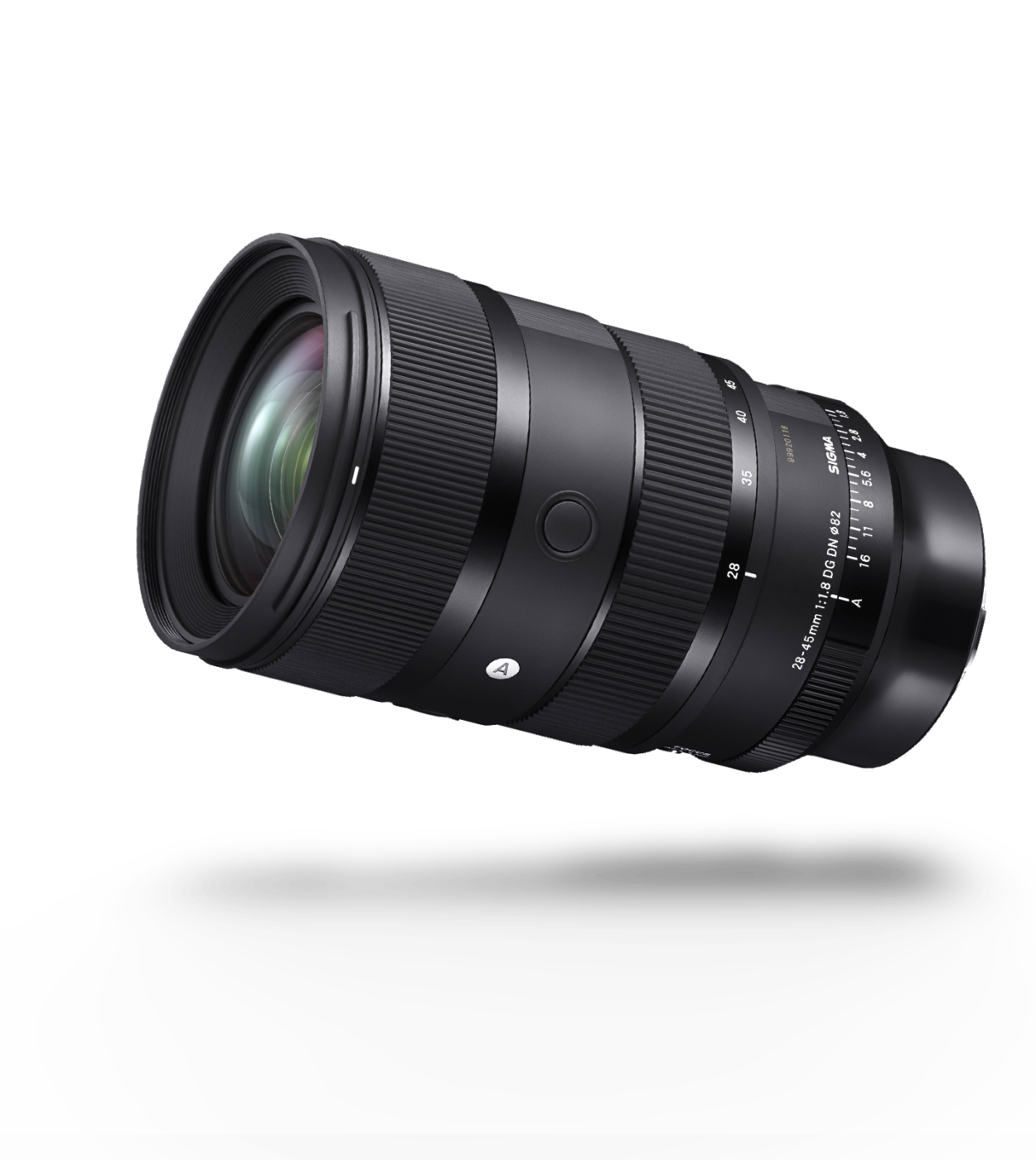The 28-45mm F1.8 DG DN | Art is arguably the most innovative lens of 2024, taking its place as the first and only F1.8 zoom for full-frame mirrorless cameras. This gives it the unique combination of having both the speed of a prime and the flexibility of a zoom, making it a true ‘best of both worlds’ optic that is so far completely unrivalled in the mirrorless world.
The lens has been highly praised by reviewers for its outstanding image quality at all apertures, and it won EISA’s coveted Standard Zoom Lens of the Year award this summer. Photographers and film-makers have heaped praise on the 28-45mm too in equal measure, and it promises to gain the same cult status as SIGMA’s equally unique 18-35mm F1.8 DC HSM for crop sensor DSLRs.
SIGMA Ambassador and landscape pro Colin Prior, who famously likes to use high-performance zooms in his landscape work, has spent some time with the lens, including taking it to islands of Harris and Lewis off the north west coast of Scotland. Find out his thoughts below.

by Colin Prior
 I’ve just come back from a trip to Harris and Lewis, part of the Outer Hebrides group of island. Because of their position of the north-west coast of Scotland, the Hebrides are always a big gamble when it comes to weather at any time of year, but on this trip I was fortunate to get a good mix of conditions with some decent light, ideal for testing out a new lens.
I’ve just come back from a trip to Harris and Lewis, part of the Outer Hebrides group of island. Because of their position of the north-west coast of Scotland, the Hebrides are always a big gamble when it comes to weather at any time of year, but on this trip I was fortunate to get a good mix of conditions with some decent light, ideal for testing out a new lens.
For decades the 24-70mm F2.8 standard zoom has been my workhorse lens, and it perfectly compliments the 70-200mm F2.8 lens for more distant subjects. This combo allows me to cover 24–200mm with just two lenses, mitigating the weight I have to carry. However, this longstanding partnership has been challenged by the recently released SIGMA 28-45mm F1.8, which immediately caught my attention on its release back in June.
Despite the desire of many landscape photographers to use ultra-wide-angle lenses, I have long favoured a focal length of 28mm for landscape photography. If I look at the EXIF data of the images I have captured over the decades with my 24-70mm lens, they are largely shot at around 28mm, which has happened quite subconsciously. I find, generally, that 24mm is slightly too wide, with too much distortion in the corners. So by stepping back and using 28mm I can eliminate the perspective distortion and create what I see as a more pleasing image with a slightly more compressed perspective. This makes 28mm wide enough for the majority of images I want to shoot, and therefore a viable option as a possible alternative to my trusty 24-70mm.
What SIGMA has managed to achieve with this new 28-45mm F1.8 DG DN zoom is a remarkable optic with the least amount of optical compromise and the maximum amount of correction throughout the entire zoom range. The results, as I was to find out, are extraordinary. At 28mm there is not the slightest trace of lens distortion, and the sharpness across the frame is exceptional, as is the colour rendition – probably the best I have seen from a zoom lens. It is a lens ideally suited to landscape photography, particularly if, like me, you consider yourself a bit of an optical connoisseur.
Of course, the 28-45mm isn’t as wide or as tight as the 24-70mm, which inherently makes it less versatile, and it’s also 215g heavier due to its faster maximum aperture, but if image quality is absolutely paramount to you, then the SIGMA 28-45mm F1.8 is a lens that you should seriously consider – it would certainly be my choice for the majority of landscape images I shoot.
The 24-70mm focal range has long been the most popular standard zoom for full-frame photographers, but the 28-45mm challenges this with its faster aperture and tighter focal range. It’s slightly bigger and heavier, weighing in at just under 1kg, but packs a huge amount of punch with outstanding optical performance across the zoom range even wide open at F1.8. A third standard zoom option for mirrorless users is the 28-105mm F2.8, on sale September 2024.

960g
in weight
151.4mm
in length

745g
in weight
120.2mm
in length
Many professional photographers are advocates of using prime lenses as they traditionally deliver the very best image quality, but I can tell you that the SIGMA 28-45mm F1.8 DG DN negates this argument – its optical performance is truly outstanding. And even if a prime lens was very marginally ‘better’, what is it for – any nuances that may exist would be so slight that they would be invisible in print and would certainly be invisible on the web. And this is coming from someone who has spend his career producing large format prints.
It’s a bit like the argument about resolution: who really needs 100+ megapixels? I would argue that the ability to crop in-camera with a high quality zoom refutes any advantage of a prime lens. Often in landscape photography, one has to stand in a certain spot – in a forest, for example – in order to achieve the best separation between the trees. It is then possible to crop the scene to your desired composition by removing all extraneous elements, in real time.
At the end of the day, it’s horses for courses. Give a person who doesn’t drink whisky a glass of 18 year-old malt and they won’t really appreciate the complexities of the spirit, and that is simply because they don’t have a baseline against which they can judge. The connoisseur, however, is greeted by a different flavour at each sip – honeyed notes rippling across pools of caramelised orange. Or gardens of jasmine and lemon blossom, touched by the breeze. Or a rhapsody of warm figgy richness and orange marmalade depths, brushed by wisps of campfire smoke. Yum!
SIGMA’s new 28-45mm F1.8 DG DN gives me similar pleasure when I look at each image – and that’s even before the whisky!

Colin is one of the world’s best respected and most widely-published landscape photographers. He is best known for his work in the Scottish Highlands, but he has also worked extensively across the world, including in the mountainous Karakoram region of Pakistan. He has published a number of books, including his most recent book Fragile, which focuses on the birds, eggs and habitats of Scotland. Colin is a Fellow of the Royal Photographic Society.

Sign up to our newsletter